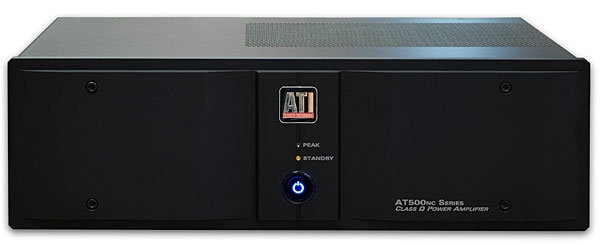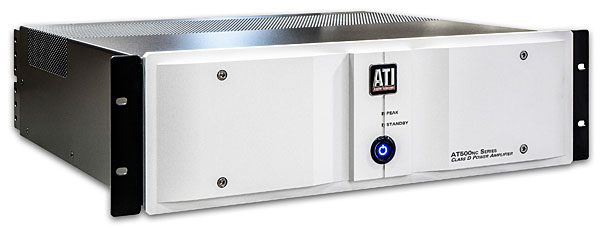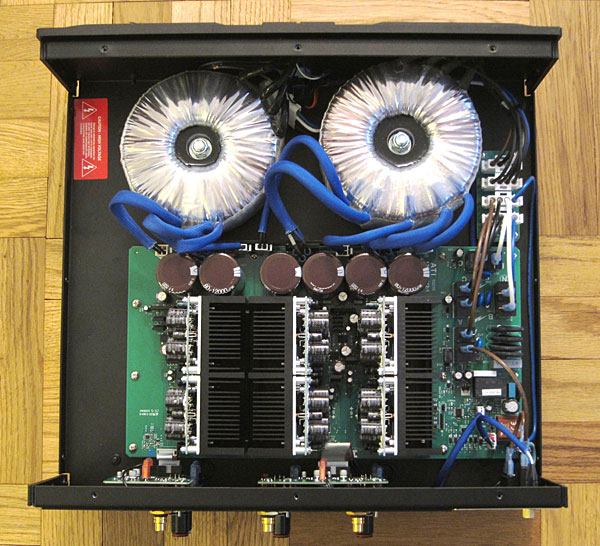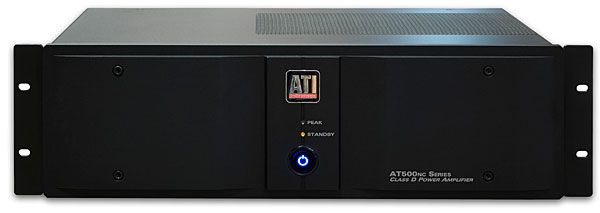| Columns Retired Columns & Blogs |
Thanks for reviewing some power amps at less-than-insane prices! The Monoprice amp sounds like a huge bargain. Great sound at around $1K? I'm interested - I only wish that the amp was a bit smaller. I'm also not sure how "conducive to relaxed, extended enjoyment of music" can become a negative, but to each his or her own.











































